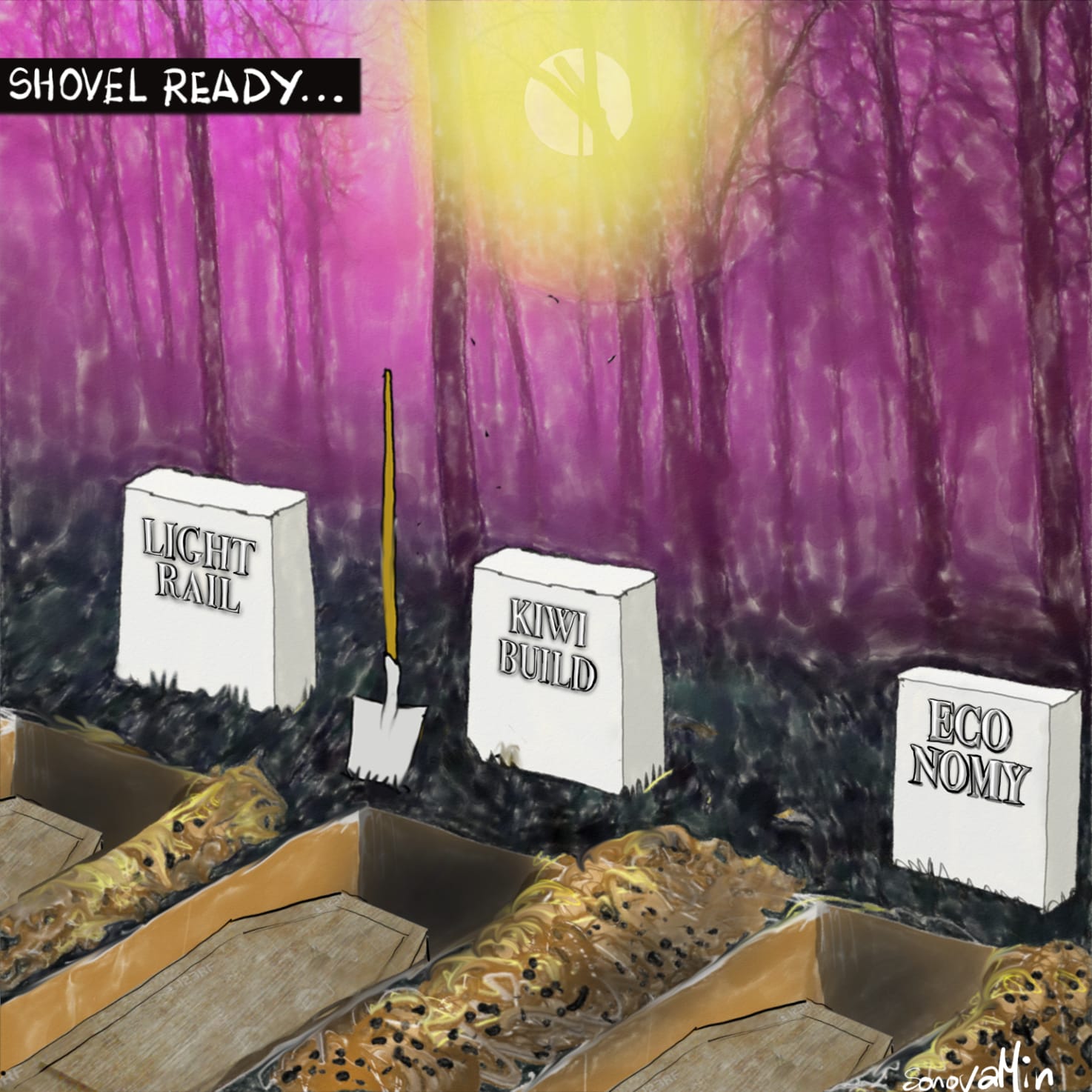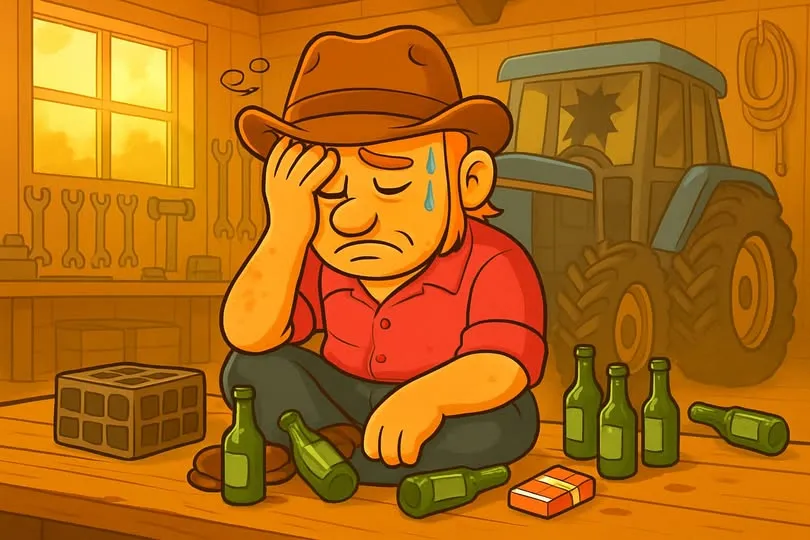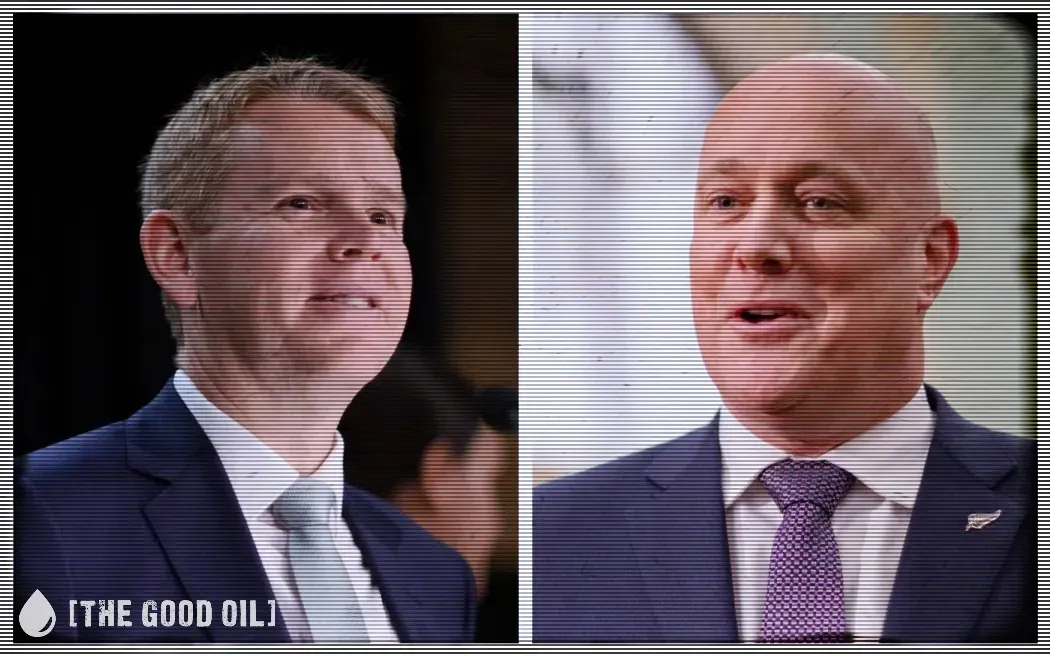
The trans-Tasman Safe Travel bubble was meant to open by the end of this month but after 12 rounds of talks over 9 months, the Government still won’t give it the green light. Australia has let Kiwis in since October last year, but New Zealand won’t return the favour.
National this week called for the Government to allow people to travel from Australia to New Zealand quarantine free (with a negative COVID test pre-departure).
It would reunite families. It would free up space in MIQ (30-40% of people in MIQ are from Australia), allowing space for critical workers and other people separated from families. And Tourism NZ has estimated that opening a travel bubble with Australia, combined with domestic tourism, would see tourism revenue return to 70% of pre-COVID levels. That’s a big boost for a sector hard-hit by COVID-19.
The talks with Australia have collapsed. New Zealand needs to move. The risk is small and manageable. Let’s get on with it.
In other COVID news, National revealed this week that Government IT systems are nowhere near ready for our vaccination programme. Of the four keys parts (Immunisation system, Booking, Recall, Inventory Management), three aren’t ready to go. New Zealand is behind the rest of the world, and it seems we are falling further.
In more positive news, it was good to see an independent group of experts finally appointed to ensure the Government continually “learn and adapt” when it comes to their COVID-19 Response. It just should have been established from the start of the pandemic. Perhaps the group can start with the vaccination program that is rolling out with 75% of the IT tracking systems yet to be finished.
You can read more commentary on the travel bubble here from Judith Collins, Scott Morrison, Chris Bishop and Erica Stanford.

Minister of Motels Floundering on Housing
Over a year ago, Megan Woods stated that “Motels are not a suitable environment for vulnerable individuals, families and whanau and they are also not cost effective”. And “were only ever intended as short-term emergency accommodation of up to seven days”.
Megan Woods is now spending upwards of $1m a day (a tenfold increase since Labour coming to office) on 950 motels and boarding houses for emergency and transitional housing. In the last quarter alone, more than 8500 families are spending on average 10 weeks in these facilities.
Crowded motels are now becoming hot-beds of dysfunction, with families reportedly being forced to raise their children next door to gang members, drug-dealers and criminal activity.
The failure of the “game-changing” Progressive Home Ownership Scheme, that after four years has only housed 12 families, was also dealt another blow. It was revealed more than $11,000 was spent by Megan Woods on a promotional video for the scheme, including editing in a guest-starring role for herself, and $300 of drone footage.
New REINZ data this week also showed house prices reaching new highs – with a $50,000 increase in just 30 days from January to February.
Meanwhile, we’ve got on with putting concrete proposals on the table to alleviate the housing crisis in a bi-partisan effort, and reform the Unit Titles Act by making the legislation fit for purpose.
You can read more from Nicola Willis on emergency housing here, and the $11,000 promotional video here.

Shovel Ready Projects – Not So Shovel Ready
Almost a year after the Government announced that ‘shovel-ready’ construction projects would be a major plank in its economic recovery plan, barely any shovels have actually made it into the ground.
Under questioning this week, Grant Robertson revealed that only 49 of the 205 projects under the ‘shovel-ready’ scheme have started construction. A further 15 projects that the Government announced are now being reviewed or re-evaluated, meaning they may not actually go ahead. This is despite the fact they were approved and announced only a matter of months ago.
Grant Robertson seems to have forgotten his own Government’s benchmark of success noting in a 14 May 2020 press release that “the success of any infrastructure stimulus will depend on our ability to execute projects”. And “We will have an eagle-eyed focus on implementation to ensure money is getting out of the door and projects are not languishing in bureaucratic red tape”.
You can read more from Andrew Bayly here. And his comments on more innovative solutions for infrastructure here.
Mental Health Clearly Not a Priority for Little
The Government committed to spend $1.9 billion on mental health over four years in May 2019, and as of 31 December last year only $280m has been spent. Also, no plan has been published for the implementation of the recommendations of the Mental Health Inquiry, He Ara Oranga, even though they were released nearly three years ago.
Reports into mental health progress are also being held up or hidden. The initial Mental Health and Wellbeing Commission progress report received by Andrew Little last year was published last Friday amidst the Tsunami Alert and Lockdown Alert Level changes. The Mental Health and Addiction Services annual report has not been released by the Government since 2017.
On the status of these reports, Andrew Little told Parliament “There is nothing to hide”. Well clearly there is. The Mental Health & Wellbeing report commentary notes “People in the community and on the frontline are concerned at the lack of a visible plan and worry Government investment is ad hoc, too slow, and not targeted in the right areas.”
Matt Doocey gave an impassioned speech in Parliament this week on the issue, you can watch it here.
Oranga Tamariki Delivers, While Kelvin Davis Pontificates
After briefly appearing in the Social Services and Community Select Committee this week, Kelvin Davis reiterated his wish for Oranga Tamariki to focus on three key areas “relationships with whanau and M?ori in the regions, professional social work practices as well as organisational culture.”
Perhaps Kelvin was unaware of what was happening in his Ministry, as former Chief Executive (CE) Grainne Moss seems to have already achieved that. In her final public testimony, she noted the achievements of the department under her tenure, notably:
- Lowest number of children entering care since 2004.
- Lowest number of children in custody since the establishment of Oranga Tamariki.
- Higher payments and more training for over 3500 caregivers, National Care Standards in place.
- Disparities for tamariki and rangitahi improving at a faster rate than those of Pakeha.
- 11 Whanau Care Partnerships, up from 0 in 2017. Potentially reaching over 50% of the children needing care or currently in care.
- 18 Iwi & Maori Providers providing care, up from 11 in 2017.
- Nearly doubling of investment in iwi organisations to $90m, up from $55m in 2017.
- Reduction in Social Worker caseload work from 1:31 to 1:21, to now 1:19 (as of Feb)
- Staff turnover from 13.4% (14.2% for Social Workers) down to 8.7% (5.8% for Social Workers).
- Pay equity delivered, gender pay gap closed, and staff engagement 5% above public service benchmark.
It would appear that if Kelvin Davis had bothered to pick up the phone on occasion, he might have actually learned something about the department for which he is responsible.
You can read the testimony here and PowerPoint presentation here from Oranga Tamariki’s Annual Review.
Please share this BFD article so others can discover The BFD.









